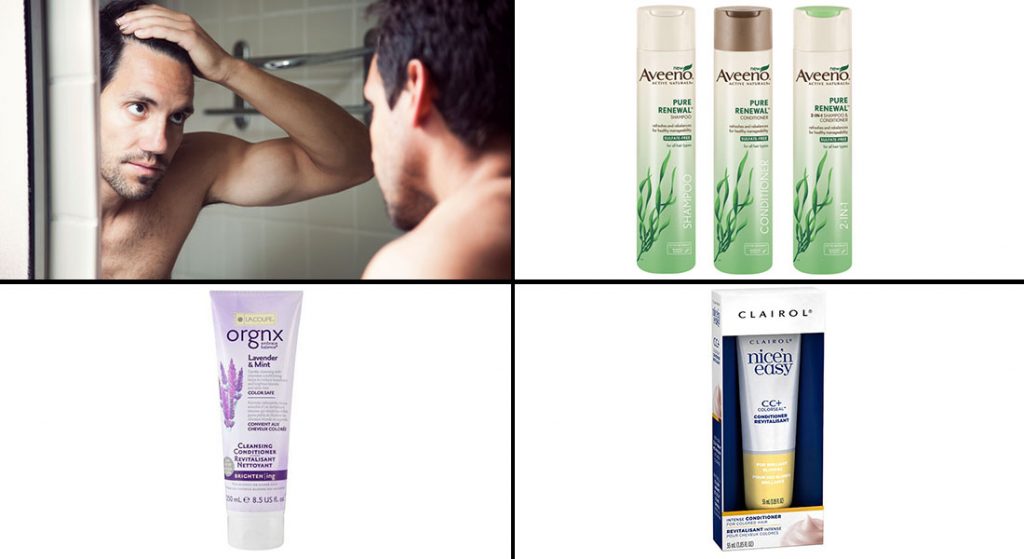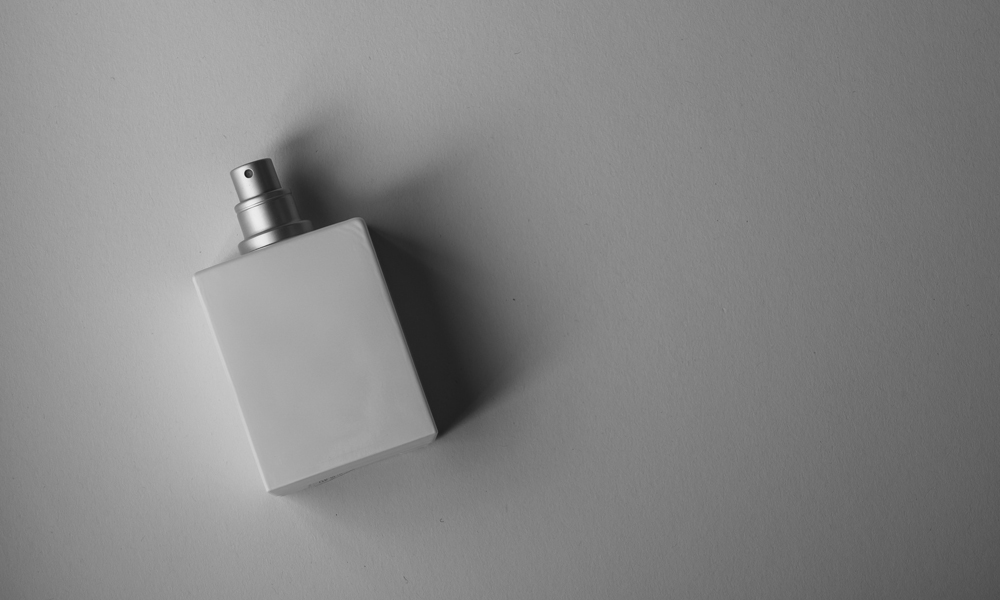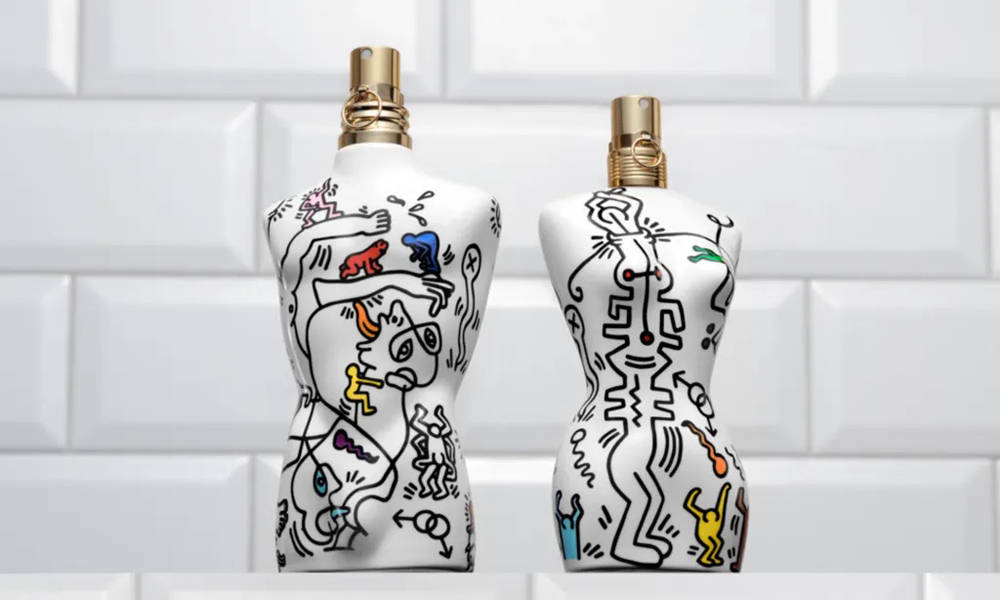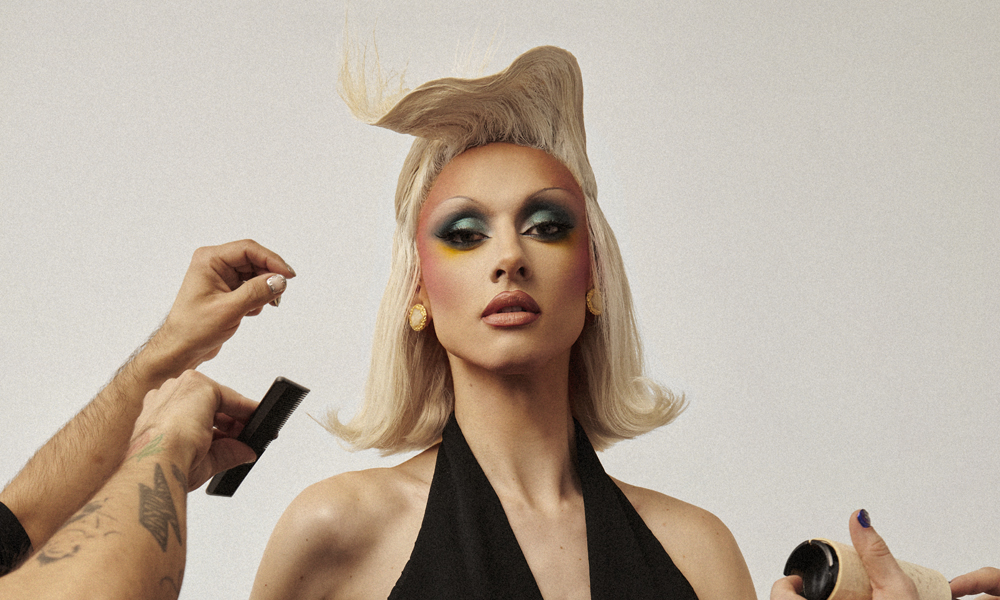With the rising popularity of hair products in hues from silver to deep pewter, it begs the question: When should you embrace the grey?
By Adriana Ermter
“Grey hair, don’t care” is now more of a fashion statement than yesterday’s eyebrow-raising query about self-vanity or lack thereof. You can thank pop culture for that. The past two years have seen Lady Gaga, Rihanna, Ellie Goulding, Pink and Kate Moss adopting this particular silver lining, while Jean-Paul Gaultier, Chanel and Gareth Pugh have coifed their runway models in everything from silver to grey-blue.
But the grey trend is best attributed to Andy Warhol. “When you’ve got gray hair, every move you make seems ‘young’ and ‘spry,’” Warhol said in his 1975 book The Philosophy of Andy Warhol (From A to B and Back Again), as explanation for dying his mop a cool shade of pewter in his early 20s. “It’s like you’re getting a new talent.” Warhol never looked back and the colour became his calling card.
Now back in style, grey locks are popping up everywhere and seemingly with no respite. Still, the question remains: If you’re not purposefully asking your colourist to paint on what’s been dubbed the “granny” hue, how do you embrace the grey, naturally?
“The right time is a personal choice, and it’s when you feel secure in your decision to embrace the grey,” says James Corbett, colour director for Clairol and owner of his eponymous hair salon in New York City. “Grey is becoming a purposeful fashion statement.” And with the growing trend to go au naturel comes a plethora of information and options.
Know it’s in your DNA
First of all, what you’re calling grey hair is actually white hair. It occurs because your hair’s natural colour turns white when the pigmentation cells responsible for colour (a.k.a. melanin) stop being produced. Nutrition, childbirth, stress and hormones can all play a part in this, but ultimately going grey is in your genes. Think back to when your mom and dad first showed signs of salt and pepper in their hair—chances are you’ll follow in their footsteps. And since your DNA dictates when your first grey hairs appear, there’s no definitive age to start looking for them. “I see women as young as 25 who are letting some silver show,” affirms Stacey Staley, the founder and director of Blonde hair salon in Toronto. Typically, most people experience their first grey hairs by the time their in their mid-30s, which means you can expect that 50 per cent of your scalp hairs will be turning grey by the time you’re 50 years old. Thicker and coarser in texture, these hairs stand out from the rest of your strands, often sticking straight up, making them more noticeable.
Ease into your grey matter
Just because you’re seeing a spattering of grey colour in your once brown, black, blond or red locks doesn’t mean you’re expected to have Anderson Cooper’s, Stacy London’s or Ryan Serhant’s comfort in flaunting them publicly, let alone on 60 Minutes; Love, Lust or Run; or Million Dollar Listing New York television shows. “Know there is a middle ground between all-over colour and completely going grey,” says Corbett. “You can flirt with grey reduction and deposit colour that may not necessarily cover all of the grey but rather, reduce the noticeable amount of grey that will gradually fade out so that you won’t have such a hard demarcation line along your roots.” Alternatively, you can add highlights or an unexpected pop of colour into your hair to allow some of the white hairs to shine through while still maintaining a fresh vibe. Just steer clear of dying your facial hair to match. Beards, moustaches and sideburns are coarser than your head hair, tricky to DIY dye and, even if you get help from a pro, tend to look unnatural with a touch of colour.
Fade out of your colour
Liberating yourself from your hair colour gracefully is another great option. That said, the process requires patience and is best accomplished with the assistance of a professional hairstylist. Let’s face it: No matter how hard you try or how convincingly you tell yourself the growing-out phase will look like ombre, it never does. “Map out a plan with your stylist to start easing off of the colour,” says Staley. “Think of it like chipped nail polish—it’s either on or off, not in between.” Staley says that by working with a stylist you can determine the outcome that best suits your lifestyle, be it blending your existing shade into your grey strands, switching from a permanent hair dye to a demi-permanent one, going lighter in colour until all of your hair is the same shade as the grey, or cutting the colour out. “Try to keep the process as natural as possible, and avoid choosing a colour that’s too dark or too warm,” advises Staley. “I remember this guy who was friends with my dad when I was a kid. He used to dye his hair black—he looked like a really bad Elvis impersonator.”
Pick the right products
The aging/greying process changes your hair’s texture, making it more wiry, coarse and dry, so you’ll need to change the products you use as well. Hydrating shampoos and conditioners like Aveeno Pure Renewal Shampoo, Conditioner and 2-in-1 Shampoo & Conditioner (from $8 each, available at drugstores and mass retailers) and treatment conditioners such as Clairol Nice ‘n Easy CC + Color Seal for Brilliant Blondes ($4, available at drugstores and mass retailers) help improve the overall health of your hair. Infused with lipids, aloe, coconut oil and B vitamins, they penetrate the hair shaft to moisturize, smooth and calm your hair. “You can use these conditioners at least once a week as a deep conditioning treatment: Apply to towel-dried hair and leave on for 10 minutes to help soften and tame an unruly mane,” advises Corbett.
Maintaining the shade of your hair is also key. Wash with violet-based shampoos and conditioners such as LaCoupe orgnx Lavender & Mint Co-Wash Cleansing Conditioner ($10, available at drugstores and mass retailers), which is specially formulated with violet toners to reduce brassiness and illuminate natural highlights on blonde and silver hair.
—
ADRIANA ERMTER is a Toronto-based, lifestyle-magazine pro who has travelled the globe, writing about must-spritz fragrances, child poverty, beauty and grooming.

Grey Matter
Related Articles
Take Note
Perfume notes that bridge the gender divide
Jean Paul Gaultier’s Pride 2024 Perfume Bottles Get The Keith Haring Treatment
Available starting May 15, Jean Paul Gaultier’s “Classique” and “Le Male” Pride bottles honouring the work of Keith Haring will be on shelves for a limited time
Master Of The MUG
Verushka (aka renowned Canadian makeup artist Viktor Peters) steps in front of the camera for a little glam lesson





POST A COMMENT